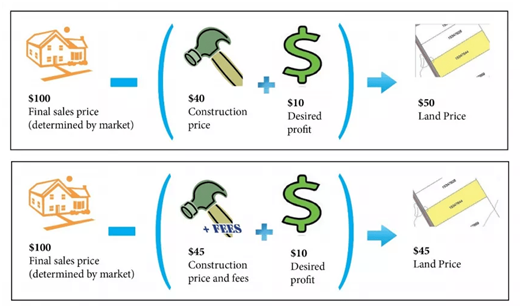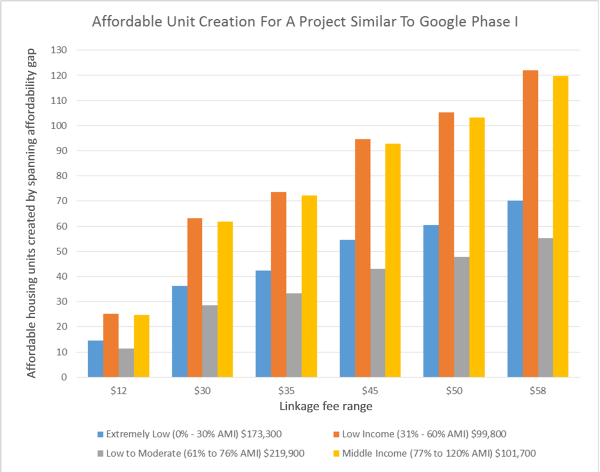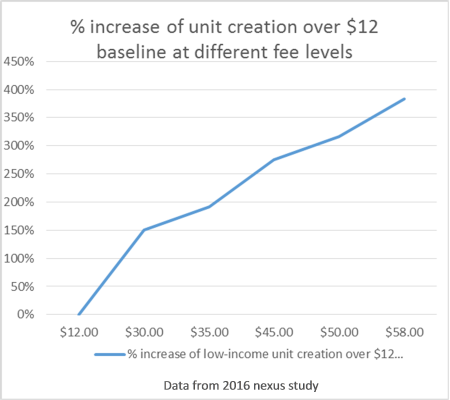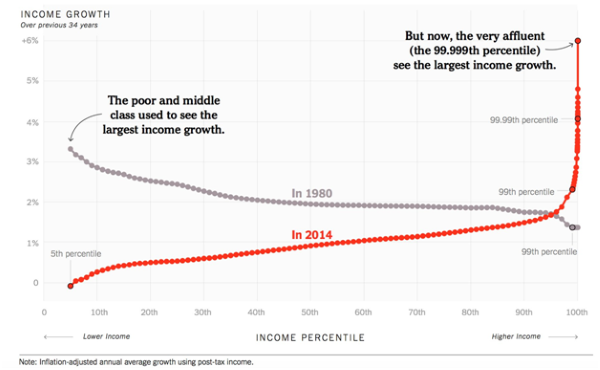The goal of the affordable housing commercial fee is to mitigate “the impact of the development of new workplace buildings (such as office, retail, hotel, industrial), and the employees that work in them, on the resulting demand for affordable housing.” How City Council establishes the fee should be goal based—at minimum, it should keep the people in the city that are reflective of the city’s current household income distribution. That would entail a linkage fee, when paired with the affordable housing units created by the Inclusionary Housing program, that is much greater than the current $12 fee but less than $129.
In the linkage fee discussion, the only number other than $129 that has any rational basis, and is therefore defensible, is $58. The nexus study established that 45% of the city’s workforce lives in Boulder—$58 is 45% of $129. A glaring deficiency of the current $12 fee is that there is no rational basis—it is entirely arbitrary and woefully inadequate for the linkage fee’s purpose. Thus, we support a $58/sf linkage fee for the office building benchmark.
If Council is considering a lower fee, we would like Council explain to the people why it should stop short of enacting a fee that gets the community to its goal of mitigating the impact of commercial development on affordable housing demand. We would like Council to assure the community that it is not advocating some arbitrary lower fee just because it’s lower. Offer the community a rational basis. If Council wants others to pay the impact costs established by the nexus study instead of causers of the costs—commercial building developers—then Council should explain to the community why developers deserve to be subsidized by the larger tax base.
Some City Council members, and others, argue that the fees should not be increased because they raise insignificant affordable housing funds while at the same time impose an unreasonable burden on commercial developers. It is unclear to us how, according to their claims, the linkage fee can have both insignificant benefits and significant harms at the same time, arising from the same amount of money. Their arguments do not dispute the affordable housing impact costs associated with commercial development, they just do not believe the causers of those costs should pay.
They also assert that these fees will kill development and that will have a negative effect on affordable housing. Similar claims were made locally, when the open space program and building height limit were proposed. Similar claims were made nationally, when the clean air act, clean water act, food labeling laws, etc. were proposed—that they would kill industry and jobs. It wasn’t true then and it isn’t true now.
Another claim that linkage fee opponents make is that the fees will be passed onto the consumer, increasing housing costs. This was the same claim made about Inclusionary Housing requirements. It too was not true then and is not true now. As anyone who has ever sold something knows, a seller doesn’t get to set the price, the market sets the price. The costs do not get passed on because of how land costs are assessed, i.e., residual valuation. Residual valuation illustrates that when development costs go down, land prices go up. Conversely, when development costs go up, land prices go down. The product price stays constant—it is set by the market (Figure 1).
The benefits of adequate linkage fees are undeniable. A project like the 210,000 square foot Google Phase I project alone would raise 12,264,000 with a $58/square foot fee. That would enable the creation of 123 low-income affordable housing units (Figure 2). The current $12/square foot fee would yield a paltry 25 units. A $58 linkage fee would create almost 400% more low-income affordable housing units compared to the current fee (Figure 3).
At the heart of the matter are our priorities as a community. It is generally accepted that we have an affordable housing problem. Everyone knows it will take money to mitigate and from the nexus study, we now know the costs, $129.49/square foot, as well as the apportionment of responsibility for the costs—commercial development. The community can either collect the money needed to resolve the problem equitably, or give up by supporting arbitrary and inadequate fees while pretending it is advancing social justice.
PLAN-Boulder County believes there is a disproportionate concern by some for the welfare of corporations and not enough for ordinary people. Policies that promote such disproportionate consideration just perpetuate the condition illustrated in the graph below (Figure 4) by Thomas Piketty—where the flow of wealth is concentrated to the benefit of a few at the expense of the community as a whole.
The linkage fee needs to serve its intended purpose of mitigating “the impact of the development of new workplace buildings (such as office, retail, hotel, industrial), and the employees that work in them, on the resulting demand for affordable housing.” City Council should adopt a $58/square foot linkage fee benchmark for office buildings for the present. However, City Council should continue to work toward a goal that at a minimum, maintains the city’s current household income distribution.






